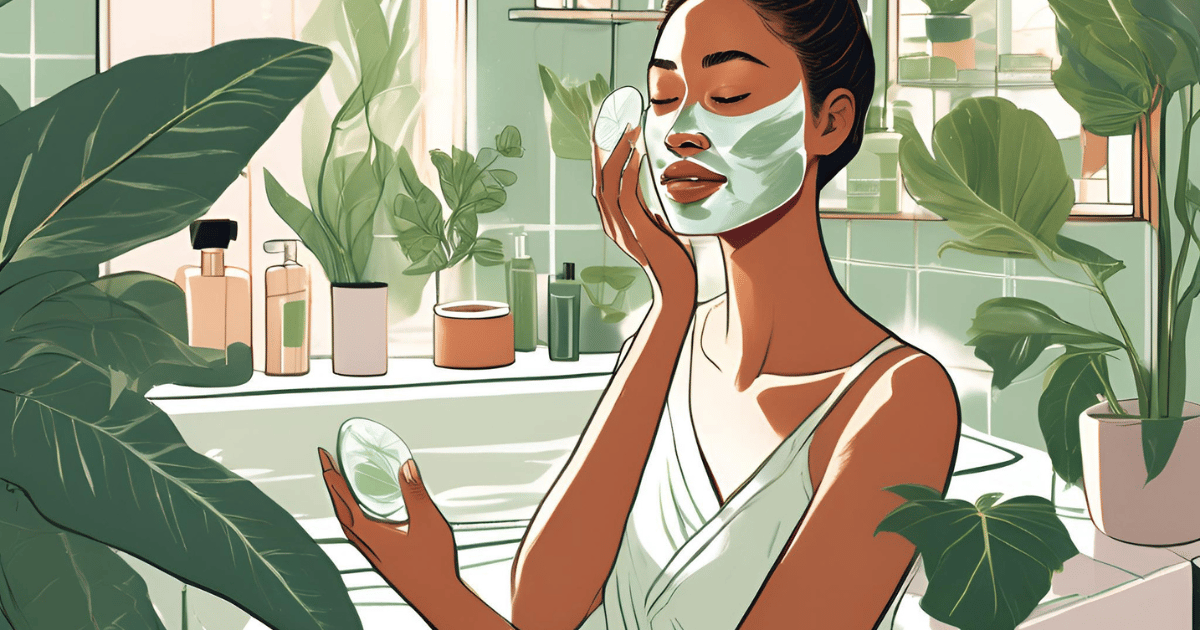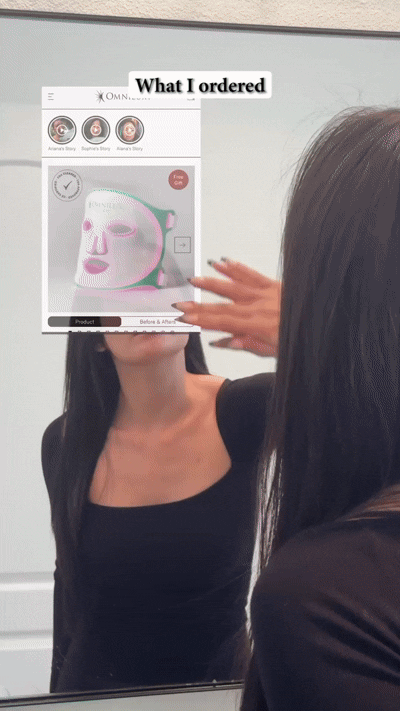- Creative Ad Lab
- Posts
- Steal This Viral Ad Formula
Steal This Viral Ad Formula
You need to test this viral ad formula ASAP.

Many of the best-performing ads out there don’t rely on big budgets or high production. They rely on psychology.
One of my favorite recent examples is a simple skincare ad that’s only about 30 seconds long.
On the surface, it just looks like a relatable “TikTok style” video. But every single line is doing heavy lifting. Pulling the viewer in, building trust, and subtly removing resistance.
Watch the ad here: Steal This Viral Ad Formula
“What I ordered versus what I got, skincare edition.”
It plays off a trend people already know. And it makes them curious. That little bit of mystery keeps people watching.
It triggers a curiosity gap. You know there’s a “before” and an “after” but you don’t know which way it will go. Did the product disappoint? Or did it exceed expectations?
It also functions as a social currency. Viewers might want to share it if the result is impressive or surprising, especially if skincare is part of their identity.
Viewers love bite-sized stories with contrast. This line hints at a payoff, and our brains hate unfinished stories.
“It's a dermatologist-recommended solution that uses blue and red light therapy…”
“Dermatologist-recommended” taps into authority bias. Most people trust medical professionals more than brands.
Viewers want to feel smart for choosing something scientific, without needing to understand it fully.
This line suggests that this isn’t just another trendy skincare product, it’s something endorsed by an expert, instantly raising perceived safety.
The word “solution” is vague but intentional. It sounds complete, clinical, and final, not “product” or “device” or “treatment.”
We created a system that delivers 30 unique video ads in just 30 days, specifically designed to improve Meta ad performance and scale e-commerce brands. Watch this video to see how we do it.
“…to kill acne bacteria, reduce inflammation, and prevent future breakouts.”
This line delivers three clear results, and it does it in a logical, time based order:
First, it kills acne bacteria (immediate action)
Then it reduces inflammation (short-term visible change)
And finally, it prevents future breakouts (long-term protection)
That structure taps into the brain’s love for clean cause and effect.
It’s easy to follow and feels satisfying like a roadmap from problem to solution.
Each part also speaks to a different kind of motivation:
“Kill acne bacteria” feels active. The product is working the second you use it.
“Reduce inflammation” offers a quick, visual relief. Something you can see in the mirror within days. That gives the user hope and momentum.
“Prevent future breakouts” taps into loss aversion. The fear of the skin getting worse again.
Psychologically, people are more motivated to avoid future pain than to fix what they already have.
“If you want spa-level results without the cost or downtime, you’ve got to get your hands on this.”
This line positions your product as a premium alternative, you're connecting it to something aspirational and high-quality (spa results) without directly claiming it's a spa treatment.
That makes it feel elevated, but still believable.
At the same time, you’re making the decision easier for the viewer.
You're not forcing them to weigh a hundred options. You're giving them a simple contrast: spa = expensive and slow vs. this = affordable and easy.
The brain loves efficiency, so it naturally favors the low-friction choice
The final line: “you’ve got to get your hands on this” adds urgency but keeps the tone casual and peer to peer.
It sounds like advice from a friend, not a brand trying to sell something.
We created a system that delivers 30 unique video ads in just 30 days, specifically designed to improve Meta ad performance and scale e-commerce brands. Watch this video to see how we do it.
